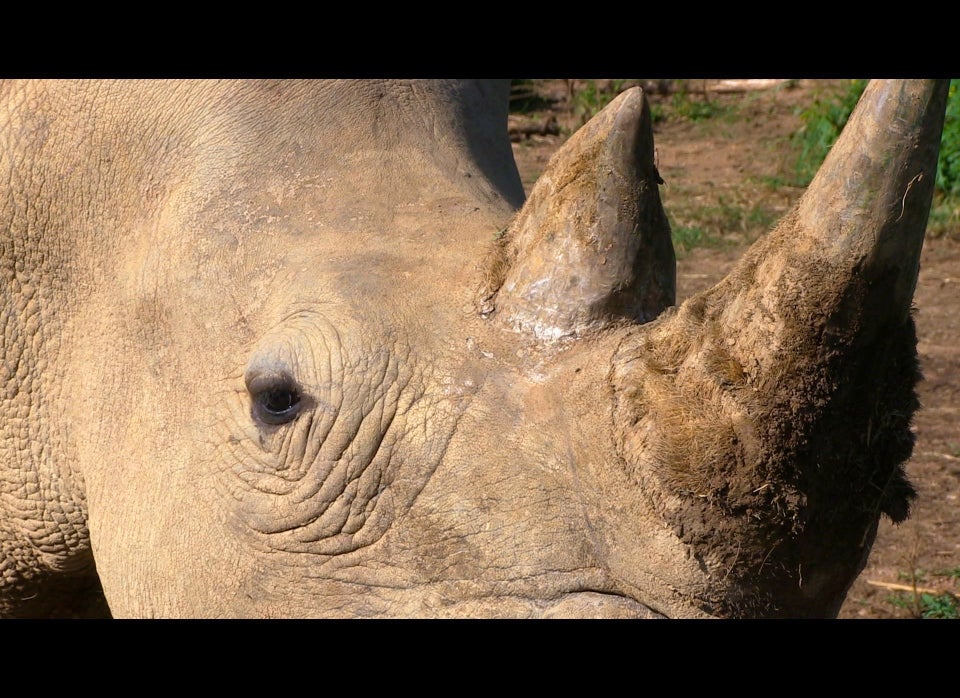I was definitely shocked when I first heard that the Dallas Safari Club was auctioning off a Namibian permit authorizing the hunting of an aged black rhino "in the name of conservation."
- Why would Namibia, which has one of the best records of rhino protection of any African country, need to do this?
- The idea that anyone 'buys into' the narrative that this is required to fund conservation boggles the mind.
Corey Knowlton, who purchased the permit at auction for a mere $350,000, was also in shock over the permit situation this past week. His shock came from being unable to anticipate that millions of people wouldn't think what he was doing was such a great idea. Mr. Knowlton claims he's been forced to hire private security to protect himself and his family from a mounting number of "death threats" in response to the rhino hunting permit. It feels like there is some form of 'irony' to this (morally unacceptable irony, of course).
During all of my travels through Africa and research on the subject of rhino conservation I've come across many things that don't often get discussed, which should truly shock us:
- A rhino horn is exactly the same substance, keratin, which comprises hair and fingernails (in both rhinos and humans). Any medicine, anywhere in the world, based on ingesting rhino horn is NO different from eating your own fingernails or eating your own hair.
Something that may shock you (in a good way) is that a living rhino is actually worth more (in economic terms) than a dead one. African countries whose major industries center around travel and tourism, and where rhinos had previously gone extinct, are finding the potentials in their reintroduction to be quite profitable. Living rhinos as a commodity, is partially why South Africa and Namibia's management of their white rhino populations have been, up until recently, quite successful.
And one thing that shouldn't shock anyone; educating the world to the facts about rhinos will help us get through this:

